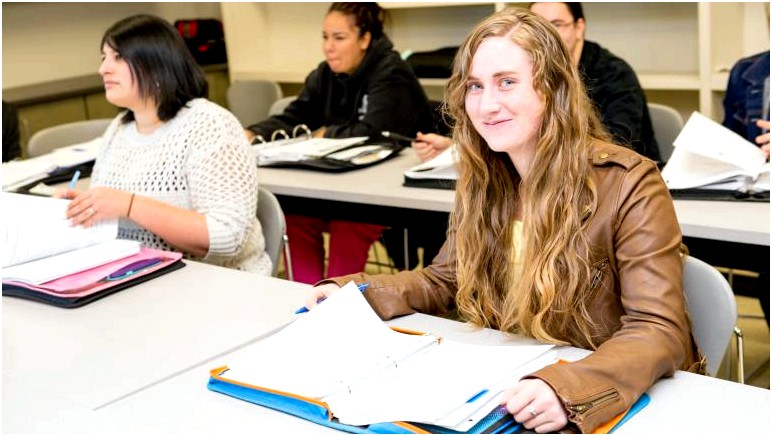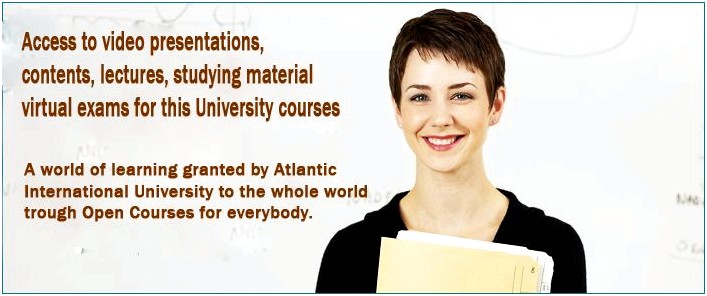Navigation article:

An undergraduate course provided by the college of Culture Background and Language .
- Code ASIA2073
- Unit Value 6 units
No more than 25 students can sign-up within this course. Email cap.student@anu.edu.au to use to sign-up or be included to the waitlist.
“Had I been born Chinese, I will be a calligrapher, not really a painter.” stated Pablo Picasso. Why was calligraphy so appealing to him? Why has the skill of writing lines become so appealing? Chinese calligraphy is really a “second to none” talent, and it is undoubtedly the most crucial type of art in Chinese history. In daily and academic lives, Chinese words/figures are not only seen for embodying meaning, but in addition for various purpose of cultural expression, for example writing, artistic performing, religion, appearance and philosophy, social existence and “tempering personality”. Actually, it’s difficult to acquire any Chinese literati without the opportunity to function within this art in earlier historic periods. Therefore, it may be stated that Chinese culture truly is really a filled “culture of words.”
Furthermore, Chinese history is carefully reflected within the lengthy growth and development of Chinese figures, that has become variations. It makes some delicate and profound Chinese aesthetic theory, which echoes Chinese art theory and philosophy, for example “the vacuity versus. substance” (or “the empty/illusionary” versus. “the real/full/solid/the substance”), and loose versus. density, or even the dialectical relationship between“blackness versus. whiteness” (or even the black line versus. the white-colored space). Chinese calligraphy may also be stated to become a unique abstract art through straight line expression. In Taiwan, Landmass China, Korea and Japan, postgraduate levels in calligraphy can be found in Chinese or art departments. Learning and knowing Chinese calligraphy as a result is essential for those Chinese studies, especially individuals wanting a sophisticated understanding about Chinese culture and history.
This program provides students having a general, yet profound, summary of Chinese calligraphy. Through practice and understanding acquirement, for example holding a brush, writing and understanding the understanding from the “four treasures”, students may feel this ancient Chinese art and cultivate a pursuit for Chinese culture. As simplified Chinese has progressively be a dominant trend nowadays, traditional Chinese nonetheless continues to be an authentic entry way to Chinese culture and Sinology when it comes to its history, appearance and philosophy and literati circles. Simplified versus. traditional figures also reflects in various Chinese societies, namely Landmass China and Taiwan. Students will learn to write and understand why “art of lines,” supported through the understanding of their background and theory.
Learning Outcomes
Around the effective completing this program, students can:
1. Demonstrate an awareness of issues within the culture and history of Chinese calligraphy
2. Integrate theoretical and aesthetic understanding into working experience
3. Appreciate and analyse this Chinese talent
4. Apply comparative concepts of studying traditional and simplified Chinese figures
5. Develop fundamental skills of writing calligraphy.
Additional Information
No more than 25 students can sign-up within this course.
This program has capped figures and thus you will see an aggressive buying process for enrolment. To use, please submit a 200-word statement of why you are looking at using this course and just how it could benefit your academic studies. Students is going to be selected according to their application statement as well as on their shown curiosity about the program at interview. Past academic performance may also be considered. Preference will be presented to students who’ve formerly studied Asian languages or Asian Studies.
Statements ought to be posted towards the CAP Student Center at cap.student@anu.edu.au, before 5pm on Monday 3 December 2018.
For those who have questions regarding the program, the applying, or buying process please contact the program convener.
Indicative Assessment
The ANU uses Turnitin to boost student citation and referencing techniques, and also to assess assignment submissions as a part of the University’s method of managing Academic Integrity. While using Turnitin isn’t mandatory, the ANU highly recommends Turnitin can be used by teaching staff and students. To acquire more information regarding Turnitin check out the ANU Website.
This in-class duration of this program will run from 4-15 Feb 2019.
Mondays – Thursdays 6.5hrs each day
Fridays – 3hrs each day
Venue and exact occasions TBC, book the ANU timetable website nearer to time.
Requisite and Incompatibility
Prescribed Texts
Barrass, Gordon S. The skill of calligraphy in modern China. Berkeley: College of California Press.

Billeter, Jean François, 1990. China Art of Writing. New You are able to: Rizzoli Worldwide Publications, Corporation.
Lai, T. C. 1973. Chinese Calligraphy: Its mystic beauty. Hongkong: Swindon Book Company.
Li, Wendan, 2009. Chinese writing and calligraphy. Honolulu: College of Hawai’i
Murck, Alfreda and Wen C. Fong eds. 1991. Words and pictures: Chinese poetry, calligraphy, and painting. New You are able to: Metropolitan Museum of Art Princeton : Princeton College Press.
Willetts, William. 1981. Chinese calligraphy: its background and aesthetic motivation (the record of the exhibition of Chinese calligraphic art locked in the College of Malaya from 17 October to 10 November 1977). Hong Kong New You are able to: Oxford College Press.
Yen, Yuehping. 2005. Calligraphy and power in contemporary Chinese society. London New You are able to: RoutledgeCurzon.
Tuition charges are suitable for the educational year indicated towards the top of the page.
If you’re a domestic graduate coursework or worldwide student you’ll be needed to pay for tuition charges. Tuition charges are indexed yearly. More information for domestic and worldwide students about tuition along with other charges are available at Charges.
Student Contribution Band: Band 1 Unit value: 6 units
If you are a undergraduate student and also have been offered a Commonwealth supported place, your charges are positioned through the Australian Government for every course. At ANU 1 EFTSL is 48 units (normally 8 x 6-unit courses). You’ll find your student contribution amount for every course at Charges. Where there’s one range displayed with this course, not every unit options below might be available.
Choices and Dates
Summer time Session
Responsible Officer: Registrar, Student Administration / Page Contact: Website Administrator / Faq’s
+61 2 6125 5111
The Australian National College, Canberra
CRICOS Provider : 00120C
ABN : 52 234 063 906
Source: programsandcourses.anu.edu.au
